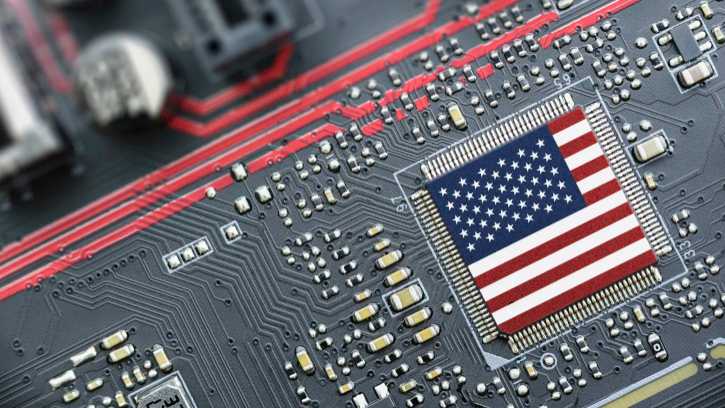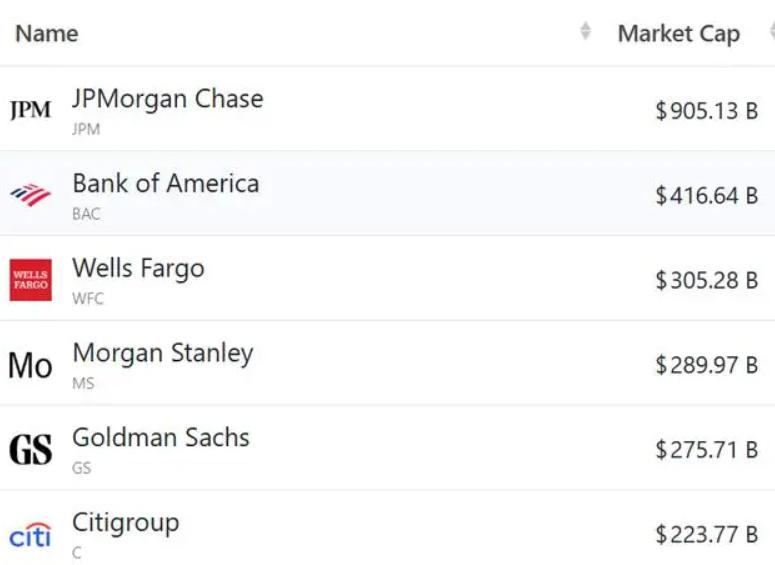
The "One Big Beautiful Bill Act" pushed by the Trump administration was narrowly passed by the Senate with a narrow margin of 51 votes to 50, marking a key step towards becoming law. The bill not only continues the framework of the previous Biden administration's "Chips and Science Act", but also significantly increases the intensity of tax credits, providing unprecedented financial support for semiconductor manufacturers, aiming to accelerate the full recovery and autonomy of the US chip industry.
According to the latest provisions of the "Beautiful Act", semiconductor manufacturers will receive up to 25% of investment tax credits, covering wafer production, chip manufacturing equipment, and further extending to new energy components such as solar wafers. This adjustment breaks the restriction of excluding basic materials (such as polysilicon) during the Biden era, which means that the entire industry chain from raw materials to end products can enjoy tax benefits. In addition, the bill proposes additional credits for investment in manufacturing equipment and facility construction, up to 30% of the total investment. This "excess incentive" policy significantly reduces the cost threshold for companies to build factories in the United States, making them equal to or even surpass the competitiveness of Asia.
The "leverage effect" of tax credits has been highly anticipated by the industry. According to the Ministry of Finance, although the chip bill during the Biden period allocated $39 billion in subsidies and $75 billion in loan guarantees, the actual utilization rate was less than half. The "Beautiful Act" will stimulate companies' enthusiasm for independent investment through direct tax cuts. The Peterson Institute for International Economics estimates that if the investment trend continues, the actual expenditure of tax credits may exceed $85 billion, leveraging more than $200 billion of private capital into the semiconductor field. Giants such as TSMC and Intel have expanded their production capacity in Arizona and Ohio. The new round of investment will accelerate the localization of chip manufacturing in the United States and reduce dependence on Asian supply chains.
The Trump administration's tax policy has a clear "industrial protectionist" color. Building a "cost moat" through high credits may force multinational companies to reassess their global layout and even trigger an "anti-globalization" restructuring of the industrial chain. For China's semiconductor industry, this policy will further intensify technological blockades and market competition pressures, forcing the acceleration of domestic substitution. At the same time, traditional chip powers such as the European Union, Japan, and South Korea also need to adjust their strategies to cope with the industry restructuring led by the United States with fiscal and tax tools.
Although the "Beautiful Act" has won the support of the Republicans and some Democrats, its huge tax concessions still cause controversy. The Congressional Budget Office warned that the bill will add $3 trillion to the deficit in the next ten years, and the allocation of resources will be tilted towards capital-intensive industries, which may aggravate the gap between the rich and the poor. In addition, the continued exclusion of basic materials may lead to "breakpoint risks" in the supply chain - if key raw materials such as polysilicon still rely on imports, the foundation of US chip autonomy remains fragile.
At present, the House of Representatives needs to reconsider the Senate version of the "Beautiful Act" to bridge the differences between the two houses. The Trump administration has clearly required the bill to complete the legislative process before Independence Day on July 4 to demonstrate the results of its economic policies. However, fiscal sustainability and the actual implementation efficiency of the industry are still uncertain. Whether the tax credit can truly be transformed into capacity improvement and technological innovation, or become a short-term financial arbitrage tool for enterprises, will be the key to subsequent supervision and evaluation.
The passage of Trump's "Beautiful Act" marks the entry of the US semiconductor industry policy into the "strong subsidy era". Through unprecedented tax incentives, the United States is using fiscal leverage to rebalance the global chip landscape. This policy may boost domestic manufacturing in the short term, but its long-term impact - including the shaping of the efficiency of the global industrial chain, national fiscal health and the technological competition ecosystem - still needs to be continuously observed.

Driven by the Trump administration's push to relax financial regulations and the recovery of investment banking business, the market value of the six major banks in the United States has cumulatively increased by approximately 600 billion US dollars by 2025.
Driven by the Trump administration's push to relax financia…
On Christmas evening, U.S. President Trump posted on social…
According to multiple foreign media reports, the recent fin…
The middle class, once regarded as the cornerstone of Ameri…
On December 19th local time, the US military launched a lar…
The Boxing Day sunshine should have cast a false glow of pr…